How an allied program achieved a three-star CABG rating with less than 200 cases a year

Superb data-driven quality improvement is not just for large academic medical centers. Just ask St. Luke’s Hospital, a nonprofit provider whose primary facility is a 493-bed hospital in suburban St. Louis, Missouri.
Advertisement
Cleveland Clinic is a non-profit academic medical center. Advertising on our site helps support our mission. We do not endorse non-Cleveland Clinic products or services. Policy
St. Luke’s — which has been an alliance partner with Cleveland Clinic’s Heart & Vascular Institute since 2016 — is proud to have joined the exclusive ranks of hospitals earning a three-star (highest) overall quality rating for coronary artery bypass graft surgery (CABG) in the most recent Society of Thoracic Surgeons (STS) Adult Cardiac Surgery Database report. And they did it with an annual CABG volume of less than 200 cases.
“A three-star STS rating is quite an achievement for anyone; for a lower-volume site like St. Luke’s, it’s phenomenal,” says cardiothoracic surgeon Edward Soltesz, MD, MPH, who as Director of Cleveland Clinic’s Cardiac Surgery Affiliate Programs oversees quality and process improvement for alliance partners like St. Luke’s.
In fact, St. Luke’s links its standout STS rating in part to enhancements to its registry-related data review and abstracting process that Cleveland Clinic has helped St. Luke’s implement over the past couple of years as part of the alliance relationship.
“We had all the pieces we needed for tracking and reporting our outcomes,” says Mary Randazzo, BSN, MBA, Cardiovascular Service Line Quality Manager for St. Luke’s. “Cleveland Clinic gave us the structure and support needed to develop a reliable, accurate method of reporting and put us on the fast track to actionable, meaningful processes.”
The revisions to the data-related processes began with a site visit to St. Luke’s nearly two years ago by a Cleveland Clinic quality consultant, who met with the hospital’s quality and registry team and chief nursing officer. The purpose was to observe St. Luke’s practices at the time and identify opportunities for improvement.
Advertisement
Initial changes involved refining processes for gathering and analyzing data for the national registries to which St. Luke’s reports, including the STS Adult Cardiac Surgery Database, the Transcatheter Valve Therapies (TVT) Registry and several registries from the American College of Cardiology’s National Cardiovascular Data Registry (NCDR®).
“Cleveland Clinic shared tools and suggested a number of process changes,” says Randazzo, who cites a few specific examples:
Advertisement
Although the changes were made on a relatively small scale — St. Luke’s has three abstracters processing data for three cardiac surgeons and a team of cardiologists — they nevertheless yielded a significant impact, as reflected by the three-star STS rating and improved registry outcomes overall. The table provides some representative outcomes data.

“St. Luke’s has become highly advanced in the way they abstract, review, edit and submit data to the national registries, as well as how they share metrics with their physicians and leadership,” observes Dr. Soltesz. “Their experience shows that no program is too small to benefit from best practices in these areas. The key is to work with us to determine which recommendations work for your site, depending on size and internal resources. Not all recommendations work for all programs.”
“When we review programs at potential allied and affiliated hospitals, we do not promise our efforts will increase volumes, but for some 70% of programs they have,” adds Cleveland Clinic Heart & Vascular Institute Chair Lars Svensson, MD, PhD. “And for most programs our efforts have been associated with improved STS star ratings.”
Stakeholders at St. Luke’s note that a key reason for the success of the efforts reported above is the ongoing communication they have with their Cleveland Clinic peers thanks to the alliance partnership. That means Randazzo speaks with her counterpart at Cleveland Clinic at least monthly, and surgeons and cardiologists at St. Luke’s are free to call Cleveland Clinic colleagues like Dr. Soltesz when they would like guidance on a challenging case or similar matters.
Advertisement
That ongoing communication includes monthly webinars that Cleveland Clinic’s Heart & Vascular Institute offers to all its affiliated and allied providers focusing on common challenges and solutions, often relating to registry data and analytics. In fact, for one of last year’s webinars, the St. Luke’s quality team was invited to share a checklist for data capture they developed in response to version changes to an NCDR registry. “Most hospitals faced the same challenges we did, so we were able to share a process that worked for us,” says Randazzo.
“The St. Luke’s team saw an opportunity for improvement, formulated a solution and shared the result,” says Dr. Soltesz. “We’re gratified by the tremendous progress they’ve made and how this webinar showed that they’ve embraced the whole collaborative ethos at the heart of our affiliate and alliance program.”
For information on affiliation and alliance opportunities with Cleveland Clinic’s Heart & Vascular Institute, visit clevelandclinic.org/heartaffiliates.
Advertisement
Advertisement

Cleveland Clinic-pioneered repair technique restores a 61-year-old to energetic activity

Excessive dynamic airway collapse presenting as dyspnea and exercise intolerance in a 67-year-old
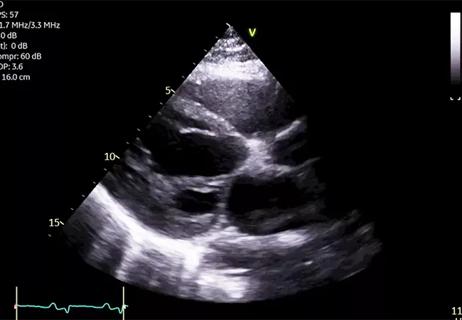
Young man saved multiple times by rapid collaborative response
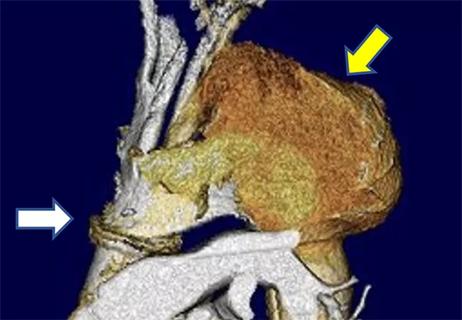
Necessity breeds innovation when patient doesn’t qualify for standard treatment or trials

After optimized medical and device therapy, is there a role for endocardial-epicardial VT ablation?
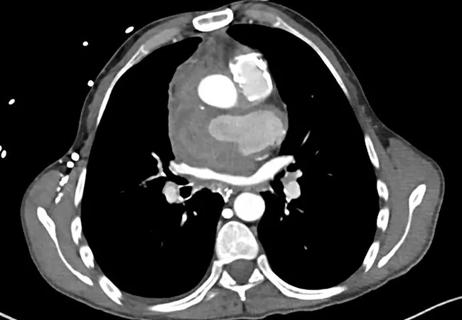
Fever and aortic root bleeding two decades post-Ross procedure
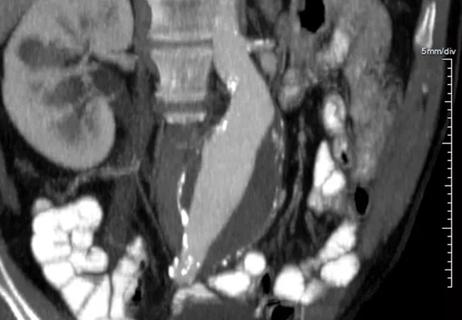
How to time the interventions, and how to manage anesthesia risks?
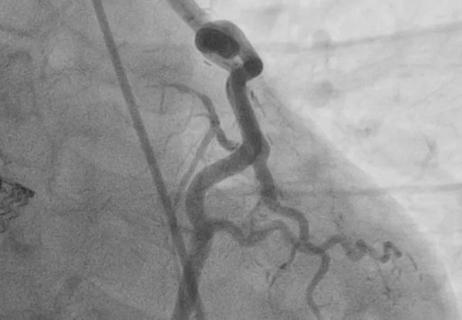
A potentially definitive repair in a young woman with multiple prior surgeries